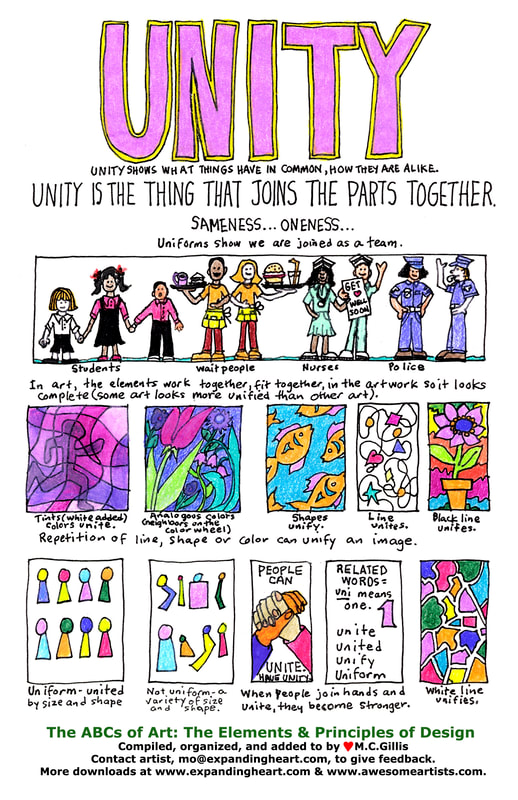
Also, the same position of a subject can also suggest how these forces have influenced its movement before it reached to that position. Movement in design can be used in interesting ways such as the position of a subject that can suggest how other external forces can influence to move it. Creating an illusion of movement using simple shapes Movement means guiding the user’s eye to a predetermined path in a composition. Flowing rhythm in the wave like animations at the background. This invokes the feeling of trust within the brand. The wave-like rhythm of Poke London creates a feeling of calm and relaxation. Rhythm in design influences emotions, creates excitement that builds gradually over time, and creates reassurance in design. Progressive rhythm: A rhythm that changes as they go along with each change building upon the previous.Flowing rhythm: A rhythm that follows bend and curves.Alternating rhythm: Basically, a rhythm that is seen in a white and black square on a chessboard.


So how do we determine which common feature is repeated if there is more than one common feature? For this, we choose the most dominant characteristic based on hierarchy, size, etc. Shared features between components can be form or size. It does not matter if other features or characteristics of the components are different. Remember, only one common feature needs to be shared among different components. Final words and additional reading resourcesĪ component is repeated when other components with features similar to it are arranged in a composition.


 0 kommentar(er)
0 kommentar(er)
